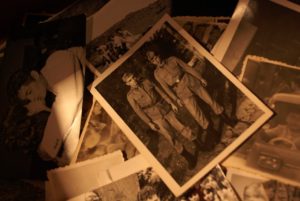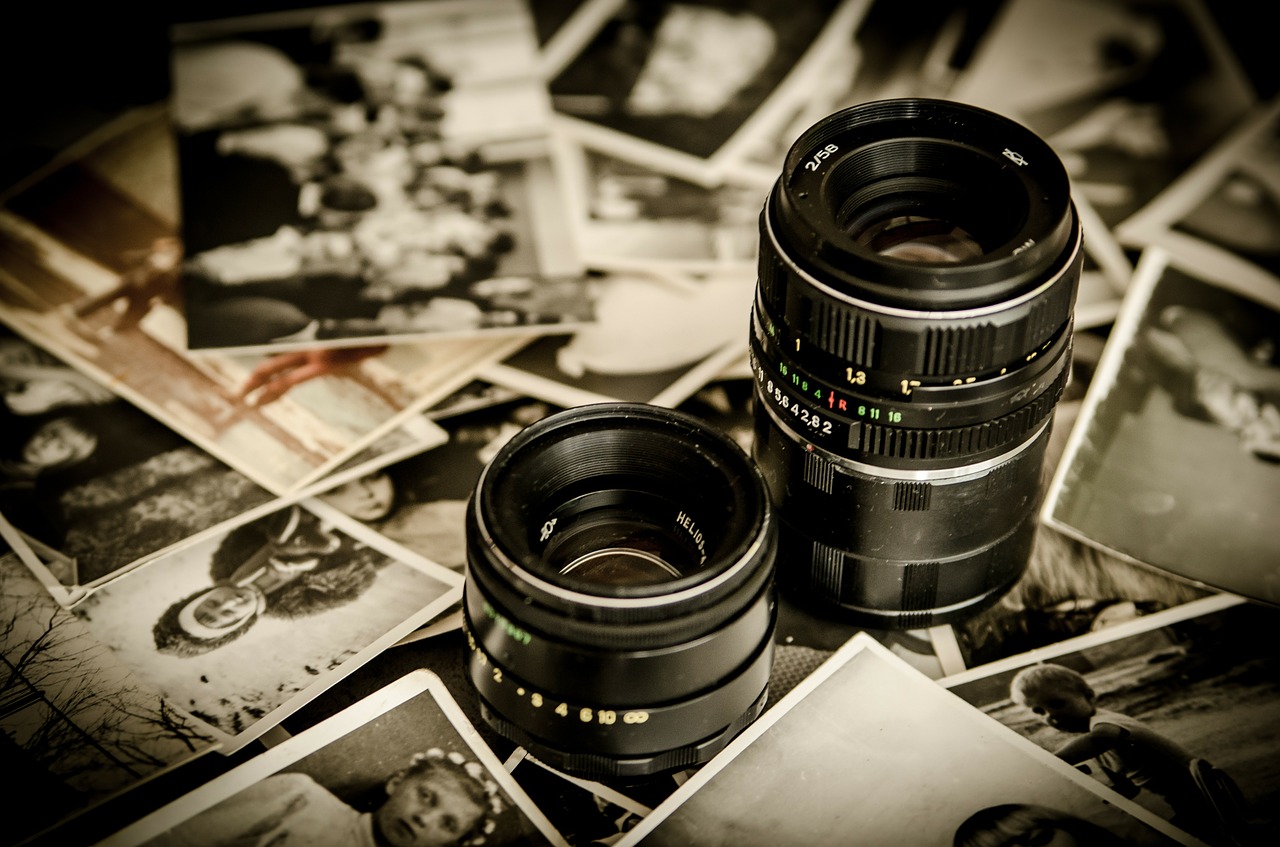Decades of turmoil and conflict have destroyed many elements of Afghanistan’s cultural heritage, including the vast majority of historical photographs of the country. Today, a visual record of the time before Afghanistan’s troubles is all but non-existent, leaving the country with very little visual heritage to look back on with pride or to pass on to future generations as a record of the past.
However, not all photographs were lost, and one unique project is working to ensure that those photographs that were saved from destruction are safely preserved and made publicly accessible. Read on to learn more about the Phototheca Afghanica and its work to preserve and restore Afghanistan’s visual heritage.
What is the Phototheca Afghanica?
 The Phototheca Afghanica is a project initiated and maintained by the Swiss Afghanistan Institute (SAI), a politically and religiously neutral institution that has been systematically researching and documenting the history and culture of Afghanistan for more than 35 years.
The Phototheca Afghanica is a project initiated and maintained by the Swiss Afghanistan Institute (SAI), a politically and religiously neutral institution that has been systematically researching and documenting the history and culture of Afghanistan for more than 35 years.
The image archives of the SAI have served as the primary source of material for the Phototheca Afghanica; these archives contain approximately 50,000 photographs derived mainly from collections that were lodged with the SAI or entrusted to other safe individuals and institutions for protection during Afghanistan’s conflict years. It was a common practice during this time for important cultural artifacts to be hidden or sent out of the country for safekeeping, as objects that remained in the country were at great risk of destruction.
At present, the aim of the Phototheca Afghanica is to make roughly 5,000 historical photographs available for research and accessible to the general public through exhibitions, publications, or online.
Why were so many of Afghanistan’s photographs destroyed?
Afghanistan’s photographs—again, like so many other cultural artifacts—suffered from two waves of destruction. In 1978, pre-revolutionary photographs were destroyed by communist activists attempting to erase what they viewed as the country’s bourgeois past. Then, from the mid-1990s onwards, images depicting living creatures were destroyed as the regime believed them to be blasphemous.
What has the Phototheca Afghanica been doing to preserve photos?
The practical work being carried out by the Phototheca Afghanica is all about ensuring that the photographs are preserved in as good condition as possible, and that it is easy to access and search through the collection of photos. Practical steps to this end include: preparing a comprehensive inventory of existing photographs, including albums, prints, negatives, and glass plates; scanning and digitizing all available material; physically safeguarding the photographs by mounting them in special acid-free paper folders and then storing them in acid-free boxes; compiling individual descriptions of each photograph, including the identification (as far as possible) of the people and places featured and the date of the photo; and assembling searchable databases so that photos can be found based on selected criteria such as photographer, location, etc.
What kinds of photos can be found in the Phototheca Afghanica?
The Phototheca Afghanica has already made a select number of images available online from the following collections:
The Second Anglo-Afghan War (1878-1880)—Photos from this collection are some of the earliest photos of Afghanistan in existence, as photographic technology was unknown in the country prior to the late 1870s, when it was brought over from Europe. These particular photographs were taken by the British Royal Engineers during the Second Anglo-Afghan War; the aim was to photograph military action on Afghan territory to supplement conventional military documentation of the time.
Souvenirs d’Afghanistan—This intriguing series of photographs was initiated by the Afghan ambassador in Paris in 1924. At this time, the recently independent Afghanistan was a relatively unknown player on the world stage. The ambassador’s intention was to introduce people to his country through a series of photographs depicting Afghanistan as a modern, up-and-coming nation. The collection primarily featured buildings, cars, and bridges, with very few people appearing—and then only members of the royal household dressed in Western apparel.
Why is preserving these photos important?
Photographs provide a vital record unlike any other of a country and its culture. Particularly in a country like Afghanistan, which has seen so much change over the years, photographs stand as an important reminder of a past that has been all but lost. For example, many historic buildings that feature in some of the photographs have since been demolished or destroyed, and the photograph is therefore the only reminder of their existence.
In addition, while preserved photographs have a cultural importance all their own, they can also serve a very practical purpose in helping with the rebuilding of Afghanistan. According to the Phototheca Afghanica, photos from its collections have already been used in the reconstruction of Bagh-e Babur, the famous gardens in the heart of Kabul, as well as the buildings of the Afghan National Museum, the Afghan National Gallery, and some of the oldest parts of the Presidential Palace.

